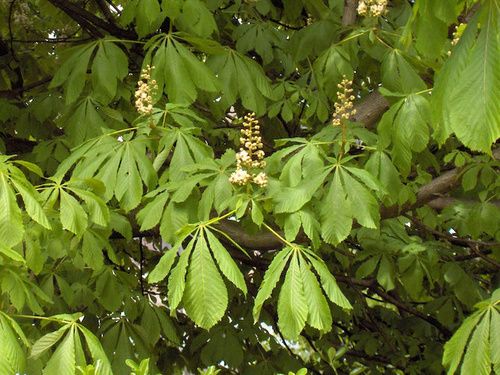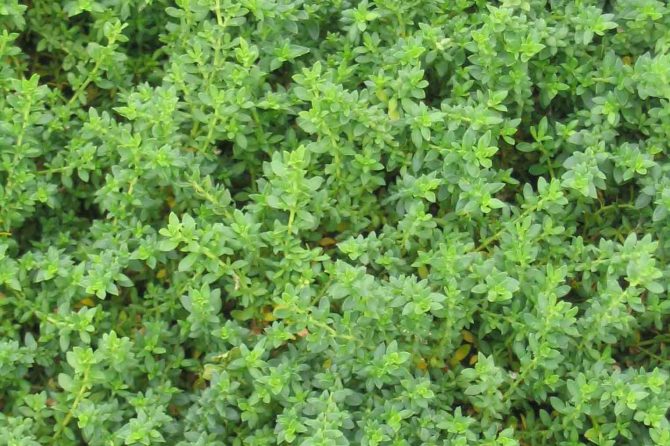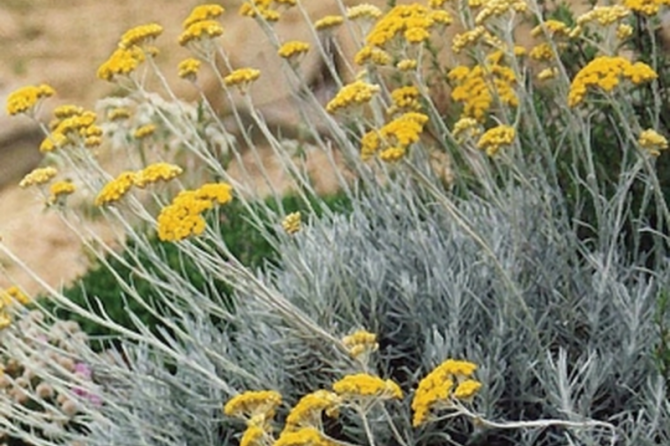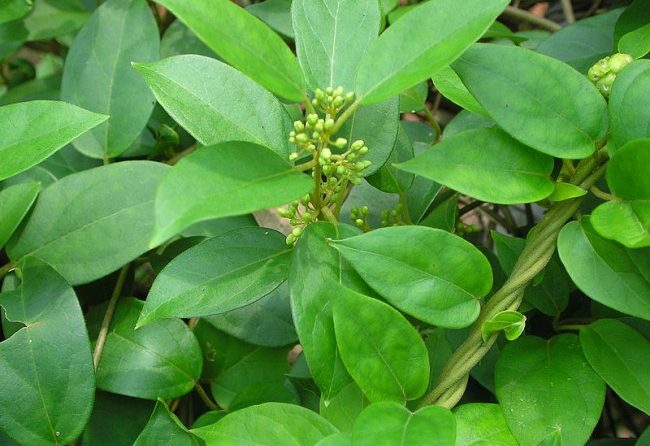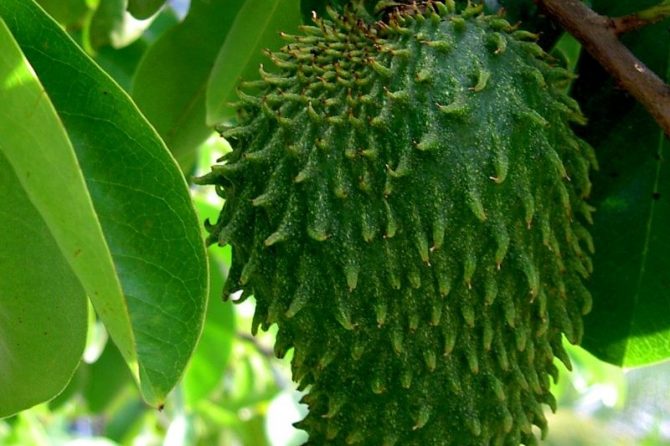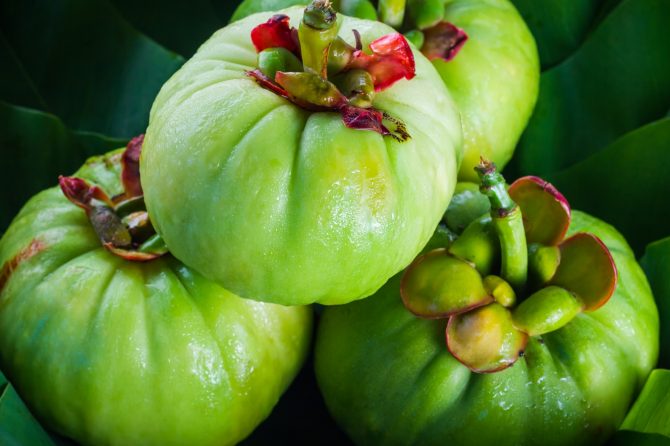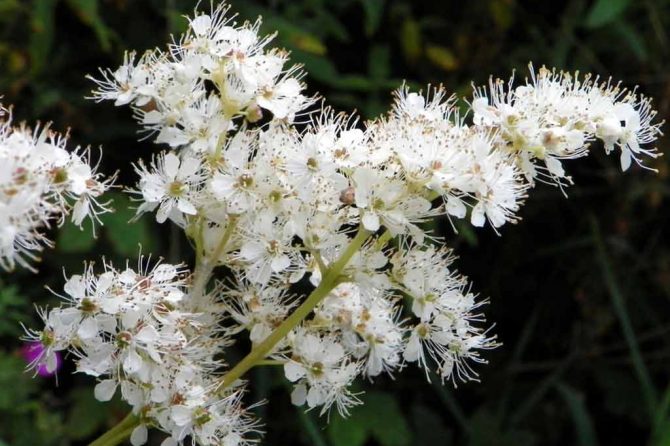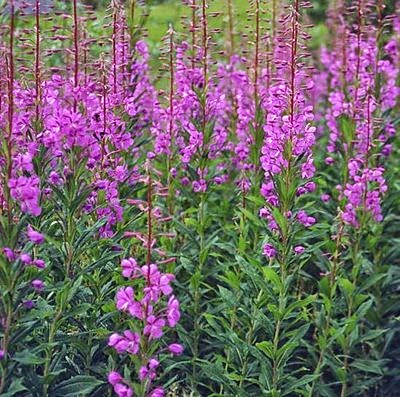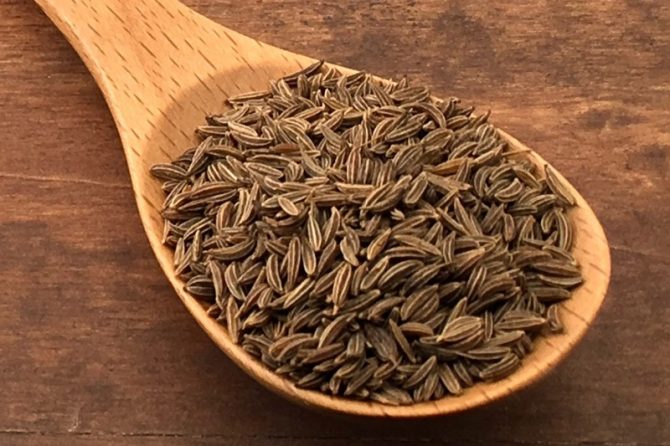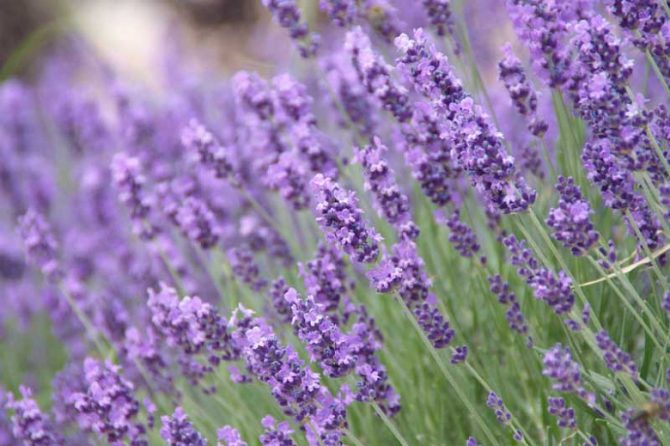
LAVENDER
Profile Latin Name: Lavandula Angustifolia CAS No.: 90063-37-9 Active Ingredient: essential oil Specifications: 1% Test Method: GC Part used: Flowering top Appearance: Fine brown powder Description The aromatic plant of Lavandula angustifolia is a perennial herbaceous, which belongs to the Lamiaceae family and produces very fragrant flowers grouped in thin blue-violet spikes. Plant of
Read more
